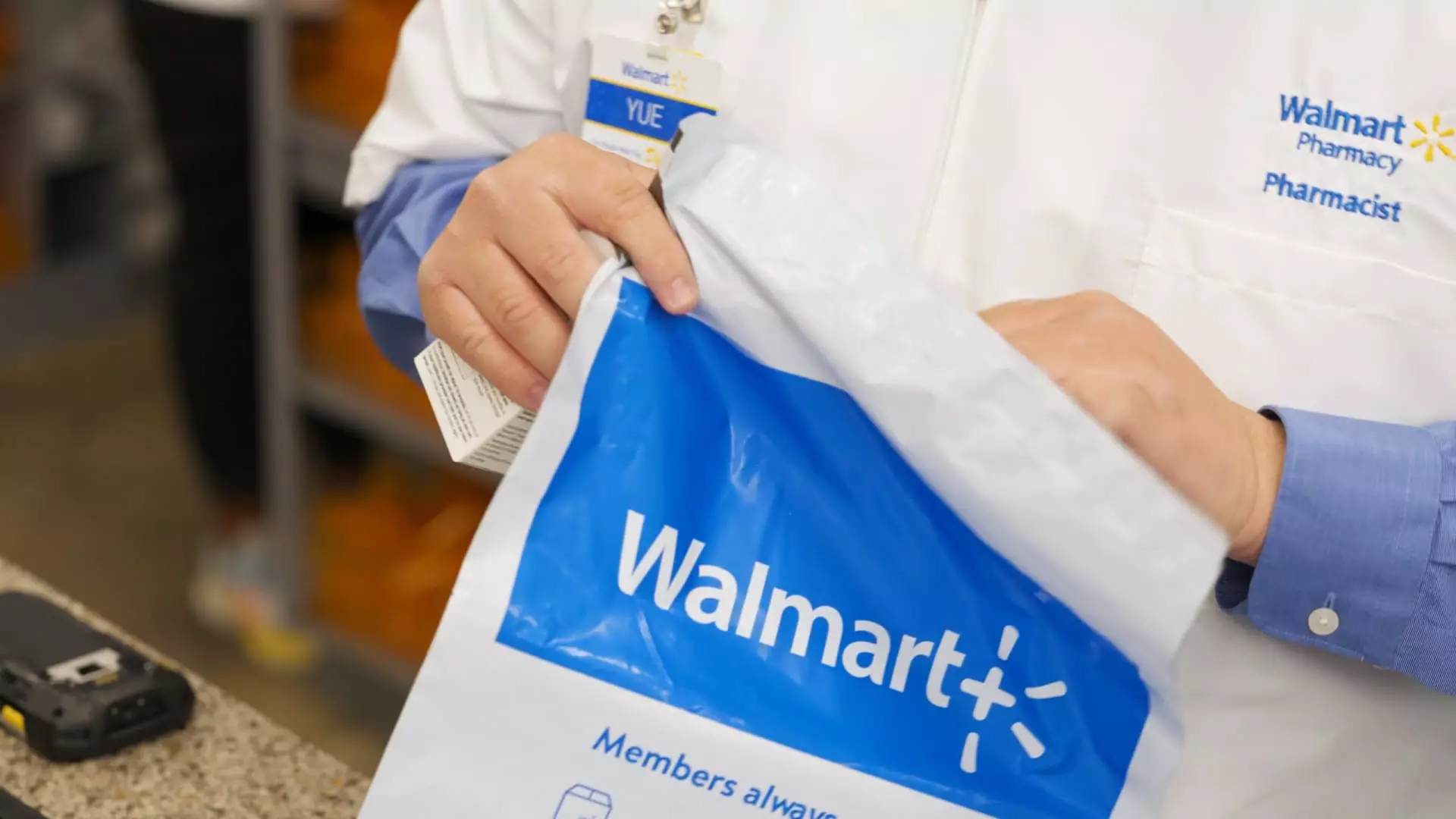The retail pharmacy sector is currently undergoing significant changes, as major players adjust their strategies in response to consumer demands and market pressures. As CVS and Walgreens announce closures of numerous locations—a move driven by diminishing profits and increased competition—Walmart has seized the opportunity to launch a prescription delivery service, aiming to enhance convenience for its customers. This development has potential implications not only for consumer choices but also for the future of traditional drugstores.
On a recent Tuesday, Walmart unveiled an ambitious plan to enhance its pharmacy services by offering home delivery for prescriptions. This new service is currently available in six states: Arkansas, Missouri, New York, Nevada, South Carolina, and Wisconsin. The retail giant has projected that by the end of January, customers in 49 states will have access to this delivery option, although state laws in North Dakota have prohibited the service there.
Walmart’s entry into prescription delivery highlights its commitment to positioning itself as a formidable competitor in the health and wellness market. Alongside its low prices, the convenience of multi-item deliveries—including essential items like tissues and soup during a pharmacy delivery—could make it increasingly appealing to customers looking for a seamless shopping experience.
The push towards pharmacy delivery services could spell further challenges for CVS and Walgreens, both of which are already reeling from declining profits and stock prices. As customers become more accustomed to the convenience of services like Walmart’s, traditional drugstores may find it increasingly difficult to retain their market share. While CVS and Walgreens currently offer similar delivery options, the question remains whether they can adapt quickly enough to regain customer loyalty.
Tom Ward, Walmart’s chief e-commerce officer, cites strong demand for prescription delivery among shoppers as the catalyst for this new initiative. While both CVS and Walgreens have already incorporated delivery into their business models, Walmart’s focus on affordability and customer feedback may allow it to capture a larger share of the market.
Walmart’s new pharmacy delivery service will operate under a fee structure identical to its standard delivery service—a cost of $9.95 per delivery, with free shipping offered to members of Walmart+. One distinctive feature of Walmart’s delivery method is its emphasis on safety. Deliveries will be packaged using tamper-evident packaging, and real-time tracking will be available through the Walmart app or website. This attention to detail reinforces Walmart’s commitment not only to customer convenience but also to the security of sensitive medications.
To further guarantee the wellbeing of its customers, Walmart will provide an option for a telephonic consultation with pharmacists when a new prescription is placed for delivery. This move reflects an increased awareness of the need for customer education and empowerment in managing their health.
Regarding broader market dynamics, CVS has been struggling, grappling with declining reimbursement rates and pressures from activist investors requiring strategic changes. The recent leadership shake-up at CVS, with incoming CEO David Joyner replacing Karen Lynch, indicates that the company is in transition. Alongside this, CVS has announced plans to slash costs by $2 billion, which includes workforce reductions and the closure of hundreds of stores.
In comparison, Walgreens is also cutting back, with plans to shut down approximately 1,200 locations due to underperformance. In stark contrast, Walmart’s stock has experienced an impressive surge, climbing around 54% for the year, as the company pivots toward health and wellness—areas that now account for about 12% of its revenue.
As consumer preferences continue to evolve, the introduction of delivery services for prescriptions by Walmart aims to meet the growing demand for convenience. This shift not only poses a challenge to long-standing drugstore chains but may also spark further changes industry-wide. As big-box retailers delve deeper into the health space, traditional drugstores will have to innovate and adapt to retain their relevance in a rapidly changing marketplace. Ultimately, this relentless focus on convenience could reshape how consumers approach pharmacy services, leading to a new normal in the retail landscape.

